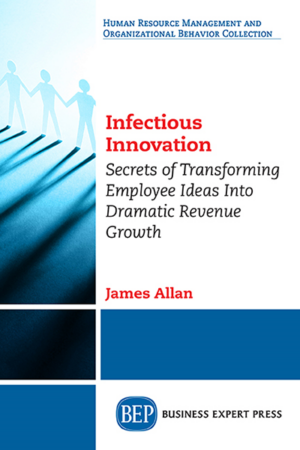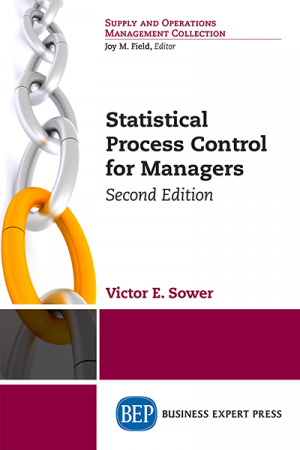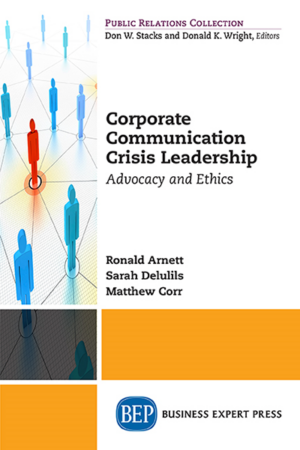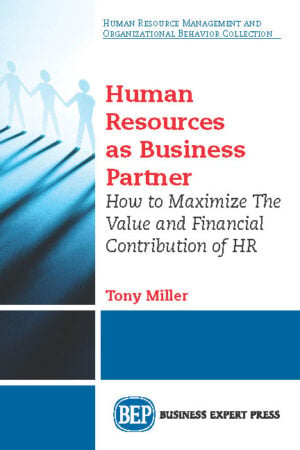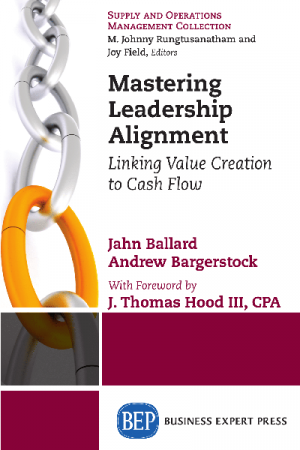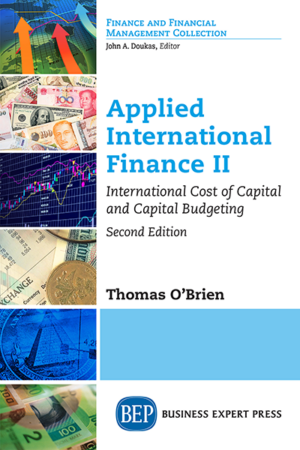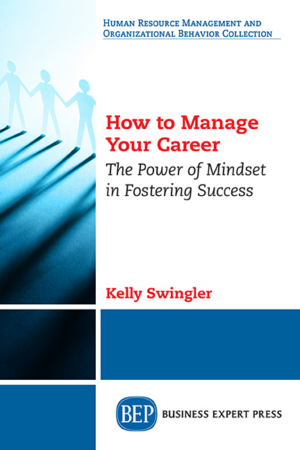Infectious Innovation: Secrets of Transforming Employee Ideas into Dramatic Revenue Growth
$21.99Market leaders need innovation to sustain their lead. Disruptors need innovation to become market leaders. While organizations in all industries need innovation, few business leaders are creating ecosystems which are able to grow and cultivate innovation. Meanwhile, employees in these organizations are coming up with ideas daily on how to create and sustain growth. But these ideas aren’t being heard, or aren’t being acted upon. So, while any business leader will tell you people are their most important resource, they are not being genuine! They seem to always prefer to go outside their organization to come up with big ideas that can help create and sustain revenue growth. Since innovation is necessary, and an organization’s people are their most important resources, Infectious Innovation will teach you how to systematically collect employee ideas, and then turn them into improved and sustainable profits.


